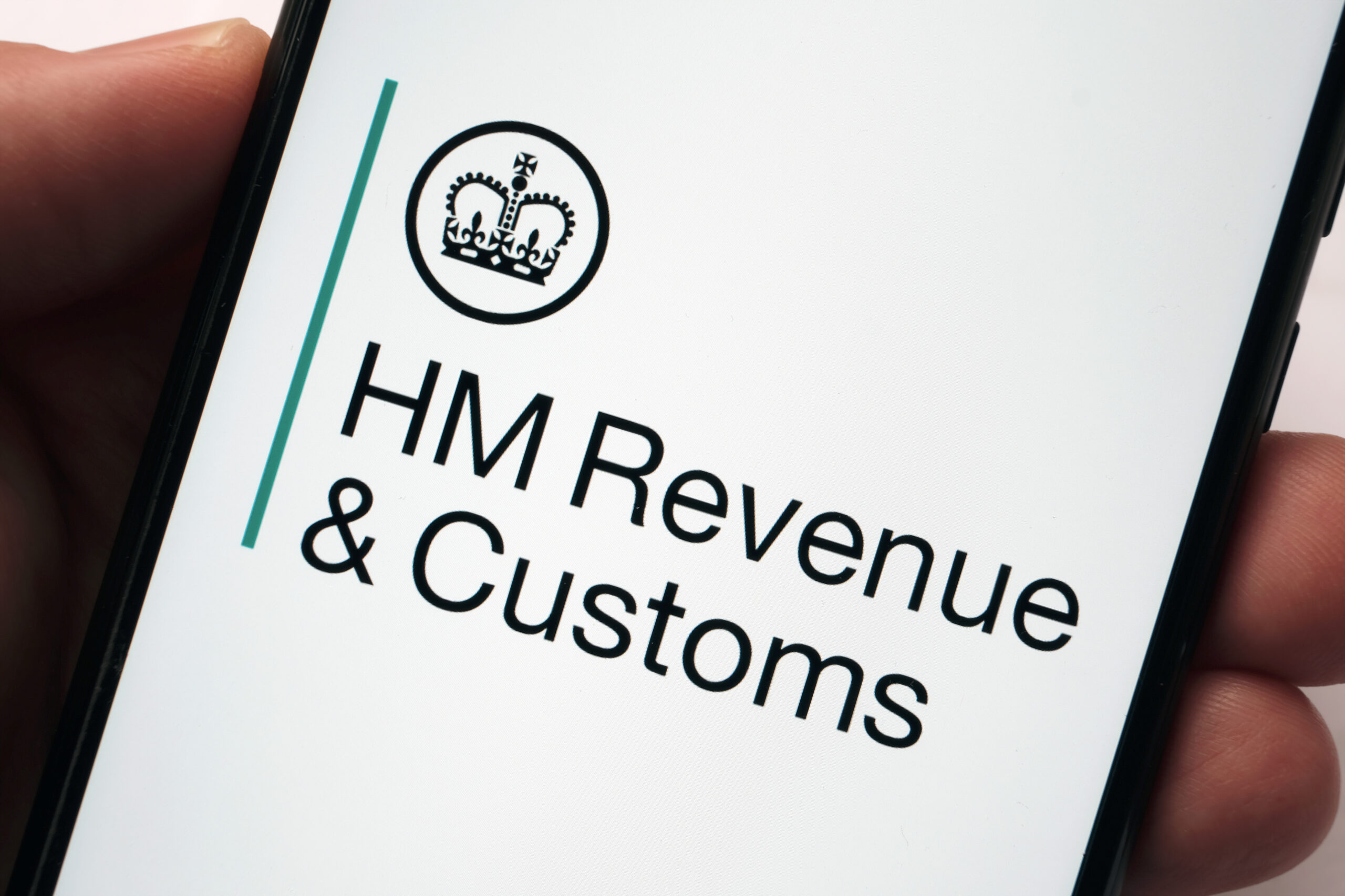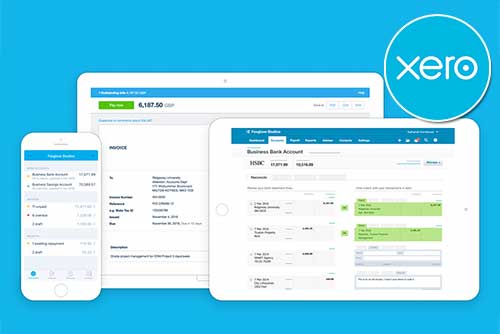Understanding the Cash Basis Accounting Balance Sheet: A Comprehensive Guide
We’ve covered the cash basis accounting method in previous articles; now we can look at the cash basis accounting balance sheet. This accounting method, often favoured by small businesses, is all about the cash flow. It’s a system that records transactions only when cash changes hands. This means that income is only recognised when it’s received, and expenses are only recorded when they’re paid.
However, it’s important to note that this method doesn’t consider credit transactions until the cash is actually received or paid out. This simplicity makes it a popular choice among business owners who prefer a straightforward approach to managing their finances. But, it’s not without its limitations, especially when it comes to adhering to the Generally Acceptable Accounting Principles (GAAP) or the International Financial Reporting Standards (IFRS).
The Basics of Cash Basis Accounting
Cash basis accounting is a straightforward method that small businesses often employ. It’s a system that recognises transactions only when cash is exchanged. This means that income is recorded when it’s received, and expenses are noted when they’re paid out.
This method of accounting is particularly beneficial for businesses that deal exclusively in cash. It simplifies the process of tracking the inflow and outflow of cash, making it easier for business owners to keep an eye on their financial health.
Its important to note that cash basis accounting doesn’t take into account credit accounts. This means that transactions made on credit are not recorded until the cash is actually received or paid out.
While this method is simple and easy to use, it’s not acceptable under the Generally Acceptable Accounting Principles (GAAP) or the International Financial Reporting Standards (IFRS). This is because it doesn’t provide a complete picture of a company’s financial position, especially if the company has a significant amount of transactions made on credit.
Despite its limitations, cash basis accounting remains a popular choice among small businesses due to its simplicity and ease of use. It’s a method that allows business owners to focus on their cash flow, which is crucial for maintaining financial health.
Who Uses Cash Basis Accounting?
Small businesses often opt for cash basis accounting due to its simplicity and straightforwardness. It’s particularly beneficial for those with few daily transactions and a small number of employees.
Non-profit organisations also find the cash method advantageous. It allows them to focus on cash flow, which is crucial for maintaining financial health.
Sole proprietors, farmers, and community associations are other entities that commonly use this accounting method. It’s especially convenient for those that do not deal with inventory.
Small service businesses that do not sell or buy on credit can use the cash accounting method for evaluating their financial performance.
Cash basis accounting is a popular choice among startups and self-employed individuals. It simplifies tax preparation by eliminating the need for tracking accounts receivable and payable.
Cash Basis Accounting vs Accrual Accounting
In the world of accounting, two methods reign supreme: cash basis accounting and accrual accounting. These two methods, while both crucial in their own right, offer different perspectives on a company’s financial health:
- Timing of Transaction Recording: The cash basis method records revenue when cash is received and expenses when they are paid. On the other hand, the accrual method records income and expenses as they are earned and incurred, regardless of when the cash is received or paid.
- Financial Statement Accuracy: Cash basis accounting provides a clear picture of the actual cash in hand, but may not accurately reflect the company’s financial health. Accrual basis accounting, while more complex, provides a more accurate picture of a company’s financial status by including pending transactions.
- Compliance with Accounting Standards: Accrual basis accounting is the standard method for publicly traded companies as it complies with Generally Accepted Accounting Principles (GAAP). Cash basis accounting, while simpler, is not typically used by large corporations due to its lack of compliance with these standards.
- Impact on Net Income: In cash basis accounting, net income is influenced by the timing of cash receipts and payments. In accrual basis accounting, net income is determined by business activities regardless of when cash transactions occur.
- Complexity: Cash basis accounting is simpler and uses fewer accounts, making it suitable for small businesses with straightforward transactions. Accrual basis accounting, on the other hand, is more complex and requires a deeper understanding of accounting principles.
Each method has its own set of advantages and disadvantages, which can influence your decision.
The cash basis method is simpler and provides an immediate recognition of revenue and expenses. This method is particularly suitable for small businesses with few financial transactions each day, no inventory, and those that operate on a cash basis. However, it may not provide an accurate picture of long-term profitability or financial health.
The accrual method, while more complex, offers a more accurate picture of a company’s financial health. It takes into account both completed and pending transactions, providing a real-time view of accounts payable and receivable. This method is generally accepted by the accounting standard and is more suitable for businesses that need to track assets and liabilities, accept credit cards, or use credit for payment.
Understanding the Cash Basis Balance Sheet
The balance sheet is a crucial component of cash basis accounting. It provides a snapshot of a company’s financial health at a specific point in time, reflecting only the cash transactions. This means that revenues are only recognised when cash is received, and expenses are only recognised when cash is paid out.
This approach to accounting can be simpler to understand and prepare, making it a popular choice for small businesses, sole proprietorships, or individuals who prefer a straightforward method of tracking their financial position. However, it’s important to note that a cash basis balance sheet may not provide a comprehensive view of a company’s financial health.
For instance, accounts receivable and accounts payable, which represent transactions that have not yet resulted in the exchange of cash, are typically not included. This can lead to a skewed perception of a company’s financial status, as it doesn’t account for money that is owed to or by the company.
Despite its limitations, the cash basis balance sheet can be a useful tool for businesses that primarily deal in cash transactions. It allows them to easily track their cash flow and make informed financial decisions.
How to Prepare a Cash Basis Balance Sheet
Here’s a step-by-step guide on how to prepare a cash basis balance sheet:
- Identify Cash Assets: Start by identifying all the cash assets. This includes physical currency and money in checking and savings accounts. Remember, in cash basis accounting, only cash transactions are considered.
- List Non-Cash Assets: Next, list all non-cash assets that have been fully paid for. This could include equipment, property, or other tangible assets.
- Record Liabilities: Record all liabilities that have been paid off. This could be loans or other financial obligations. Unpaid liabilities are not included in a cash basis balance sheet.
- Calculate Owner’s Equity: Owner’s equity is calculated by subtracting total liabilities from total assets. This represents the owner’s investment in the business.
A cash basis balance sheet is simpler to prepare and understand compared to an accrual basis balance sheet. However, it may not provide a complete picture of a company’s financial position.
Recording Expenses in Cash Basis Accounting
Recording expenses is a straightforward process. The moment cash leaves your hands, that’s when an expense is recorded. This accounting method is particularly popular among small businesses due to its simplicity.
Let’s consider a scenario where you run a small retail store. You purchase products from a supplier, but you only record the expense once the payment has been made. This is a key characteristic of cash basis accounting – expenses are recorded when cash is paid, not when the goods are received.
Another example could be a service-based business that provides services to its customers on credit terms. In this case, the expense would only be recognised once payment has been made to the service provider.
This method of recording expenses can lead to an inaccurate representation of a company’s financial health. It does not account for expenses incurred but not yet paid. As a result, the balance sheet may not accurately reflect the company’s true financial position.
Despite these limitations, many small businesses prefer to use the cash method due to its simplicity and ease of use. It’s important to understand the implications of this accounting method and how it can impact your financial statement.
Recording Income in Cash Basis Accounting
In cash basis accounting, income is recorded when it’s received, not when it’s earned. This is a key distinction from the accrual method. Let’s consider a service-based business that provides services to its customers on credit terms. In this scenario, the income would only be recognised once payment has been received from the customer.
This method simplifies the financial statement, as revenue will only appear after money exchanges hands. For instance, if a business makes $10,000 in sales during the month but only receives $5,000 in payments, then its income would be reported as $5,000 for that month instead of the full $10,000.
Another example could be a situation where you receive a $5,000 payment from a client for services on June 1. This amount would be recorded as income on that date, regardless of when the services were actually provided.
The cash flow statement, which uses cash basis accounting, would reflect this income. The net income from the income statement carries over to the cash flow statement, and the cash at the end of the year on the cash flow statement matches the cash figure on the balance sheet.
Legal and Tax Implications of Cash Basis Accounting
The cash accounting method, as the name suggests, focuses on cash. It’s a simple and straightforward approach that small businesses often find beneficial. The primary reason for this is the way it impacts taxation. With this method, you’re only taxed on the income you’ve actually received within the tax year. This can significantly reduce your tax liabilities compared to other accounting methods.
For instance, if your business made £30,000 in a year, that’s the exact amount you’d report as income for that year. This simplicity extends to other aspects of your financial statement as well. It’s easier to answer questions about cash flow, including expenses, revenue, and financial losses for the current year.
However, it’s important to note that not all businesses can use the cash basis. Certain types of corporations, partnerships, trusts, and tax shelters are excluded due to IRS taxation laws. This is primarily because cash accounting can be less accurate than the accrual method in the short term.
Despite these limitations, the Tax Cuts and Jobs Act has expanded the use of cash basis accounting. Since January 2018, small businesses with average annual gross receipts of $25 million or less in the prior three-year period can use it. This change has made cash basis accounting more accessible to a larger number of businesses.
Legal Considerations for Cash Basis Accounting
The cash basis accounting method, while simple and straightforward, does come with certain legal considerations. It’s crucial to understand these before deciding to use this method for your small business.
Firstly, it’s important to note that cash basis accounting is not recognised under the Generally Accepted Accounting Principles (GAAP) or the International Financial Reporting Standards (IFRS). This means that if your business grows to a certain size, you may need to switch to the accrual method of accounting.
Secondly, the cash basis method does not recognise accounts receivable or accounts payable. This can lead to a distorted view of a company’s financial health, which could potentially mislead investors or lenders.
Lastly, while the cash basis method can simplify tax time for smaller, cash-based businesses, it may not provide an accurate picture of long-term profitability or financial health. This could potentially lead to financial difficulties down the line.
Wrapping Up: Cash Basis Accounting
Cash basis accounting is a straightforward method that can be ideal for small businesses dealing primarily in cash transactions. It offers simplicity and ease of use, but it does have its limitations, particularly when it comes to tracking long-term liabilities, loans, or inventory. The choice between cash basis and accrual accounting should be made after careful consideration of your business’s specific needs and circumstances.
While cash basis accounting may be simpler, accrual accounting provides a more accurate picture of a company’s financial health by taking into account all transactions, regardless of when cash changes hands. Remember, the ultimate goal is to choose an accounting method that best supports your business’s growth and success. Whether you opt for cash basis or accrual accounting, understanding the principles behind each method will help you make informed decisions about your business’s financial management.
Need an Accountant
About the Author
Lucy Cohen, our Co-Founder at Mazuma, is a passionate innovator dedicated to revolutionising the accountancy industry. Over her 21-year career, including 18 years at Mazuma, Lucy has become an industry expert, contributing regularly to trade publications like Accounting Web and authoring acclaimed books such as “The Millennial Renaissance” and “Forget the First Million.” Her accolades include the Director of the Year (Innovation) by the Wales Institute of Directors and the Outstanding Contribution Award at the Accounting Excellence Awards.






















